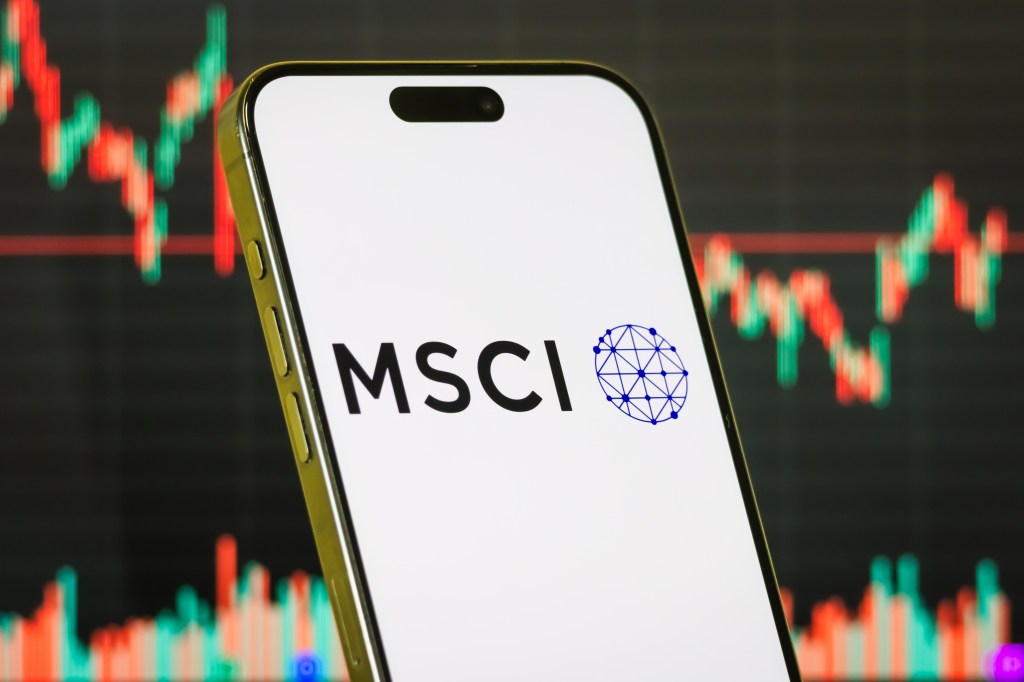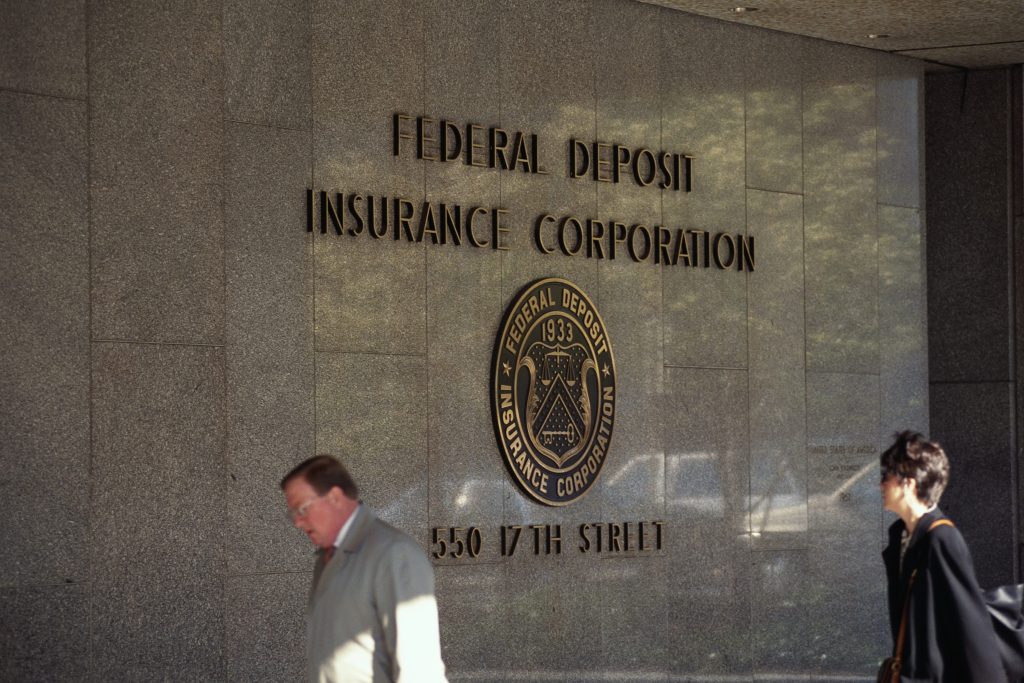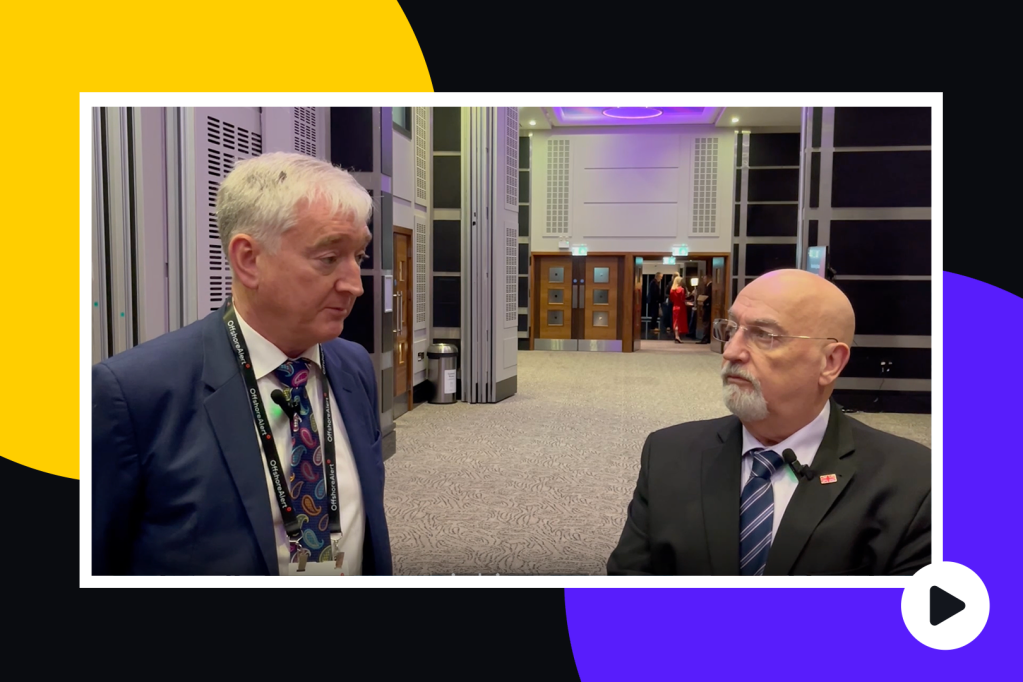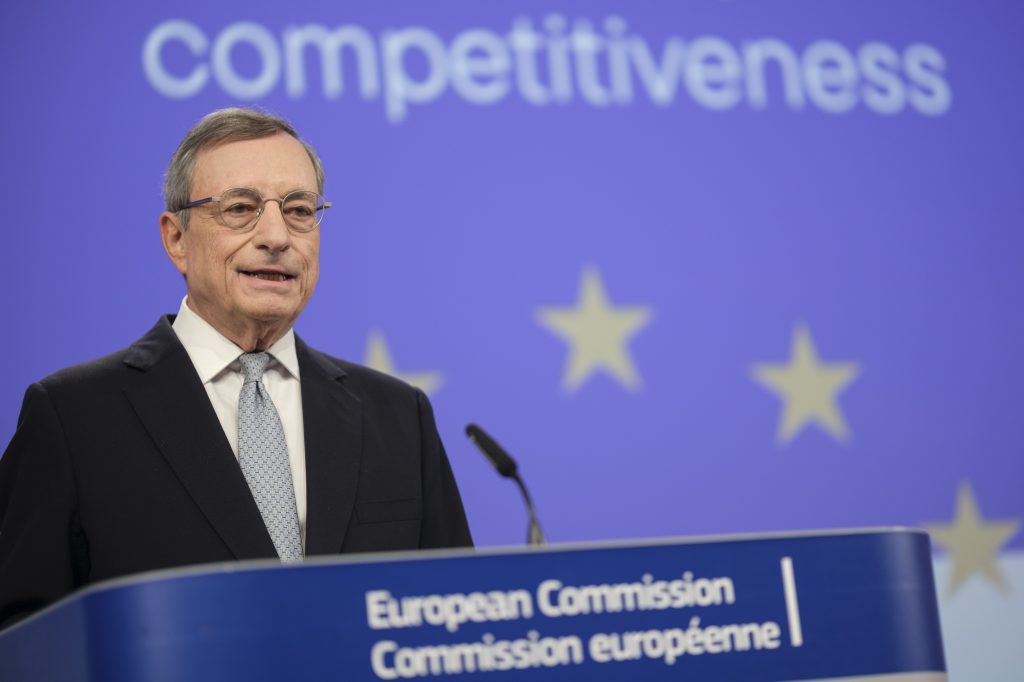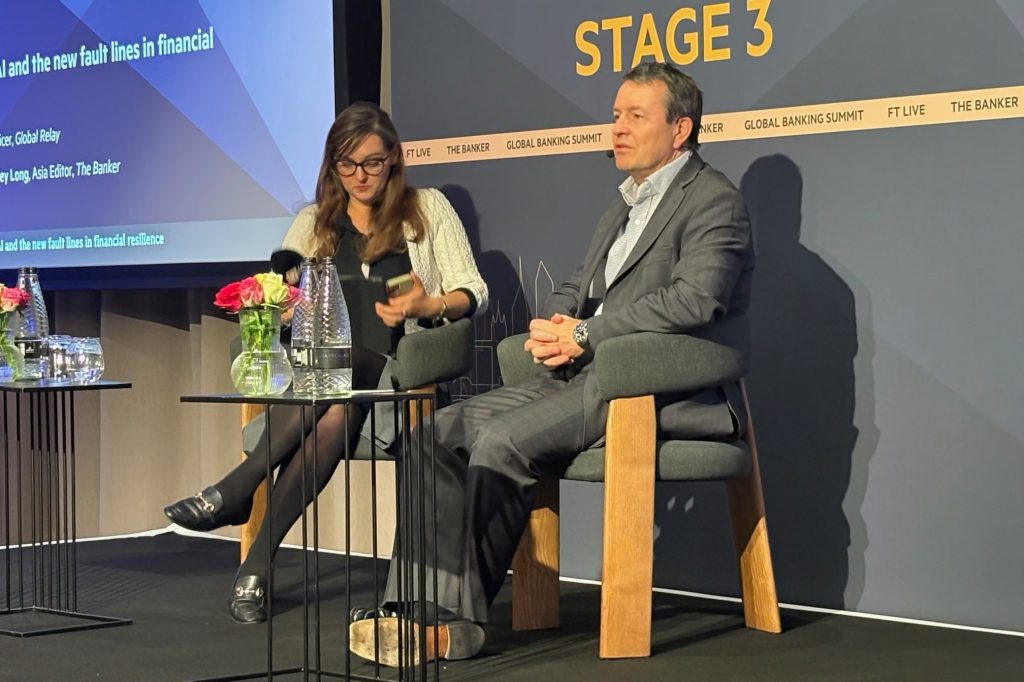1. What is MiCAR?
On June 9, 2023, the European Union adopted the Markets in Crypto-Assets Regulation (MiCAR). The Regulation provides a “world first” regulatory framework for issuers of certain crypto-assets existing on distributed ledger technology (DLT), as well as market operators, custodians and intermediaries providing services to support trading in those assets.
Register for free to keep reading.
To continue reading this article and unlock full access to GRIP, register now. You’ll enjoy free access to all content until our subscription service launches in early 2026.
- Unlimited access to industry insights
- Stay on top of key rules and regulatory changes with our Rules Navigator
- Ad-free experience with no distractions
- Regular podcasts from trusted external experts
- Fresh compliance and regulatory content every day



